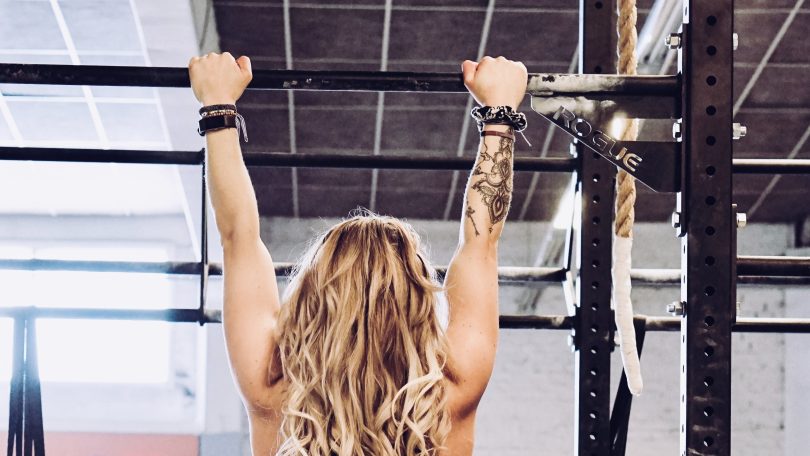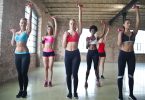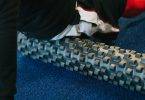Introduction:
Welcome to the ultimate guide on incorporating pull ups and pull downs into your fitness routine. Whether you’re a beginner or looking to take your fitness to the next level, mastering these exercises can have a transformative impact on your strength, muscle development, and overall fitness. In this comprehensive guide “How Pull Ups and Pull Downs Can Transform Your Fitness Journey”, we will take you through the step-by-step process of progressing from a beginner to a pro in pull ups and pull downs. Get ready to achieve new heights in your fitness journey!
-
Understanding the Benefits of Pull Ups and Pull Downs:
- Explain the importance of upper body strength and muscle development.
- Highlight the versatility of pull ups and pull downs in targeting various muscle groups, including the back, shoulders, and arms.
- Discuss how these exercises improve posture and stability.
-
Mastering the Basics: Starting with Assisted Variations:
- Introduce the concept of assisted pull ups and pull downs using resistance bands or machines.
- Explain the benefits of starting with assisted variations, including reduced risk of injury and gradual muscle adaptation.
- Provide step-by-step instructions for performing assisted pull ups and pull downs, emphasizing proper form and technique.
-
Building Strength: Progressing to Unassisted Variations:
- Discuss the importance of gradually reducing assistance and increasing resistance to build strength.
- Introduce different grips (pronated, supinated, and neutral) and their impact on muscle engagement.
- Provide detailed instructions on performing unassisted pull ups and pull downs, focusing on maintaining a controlled movement and full range of motion.
-
Advanced Techniques for Mastery:
- Explore advanced variations of pull ups, such as weighted pull ups and one-arm pull ups.
- Discuss advanced pull down techniques, including wide-grip, close-grip, and reverse-grip variations.
- Explain the benefits of plyometric pull ups and explosive pull downs for power development.
-
Addressing Common Challenges and Mistakes:
- Identify common challenges beginners face when attempting pull ups and pull downs, such as grip strength and muscle imbalances.
- Provide solutions and exercises to improve grip strength and address muscle imbalances.
- Discuss common form mistakes and how to correct them to maximize effectiveness and prevent injury.
-
Designing an Effective Training Program:
- Explain the importance of incorporating pull ups and pull downs into a well-rounded training program.
- Discuss frequency, sets, and reps for beginners, intermediate, and advanced individuals.
- Provide sample training programs, including variations and progressions.
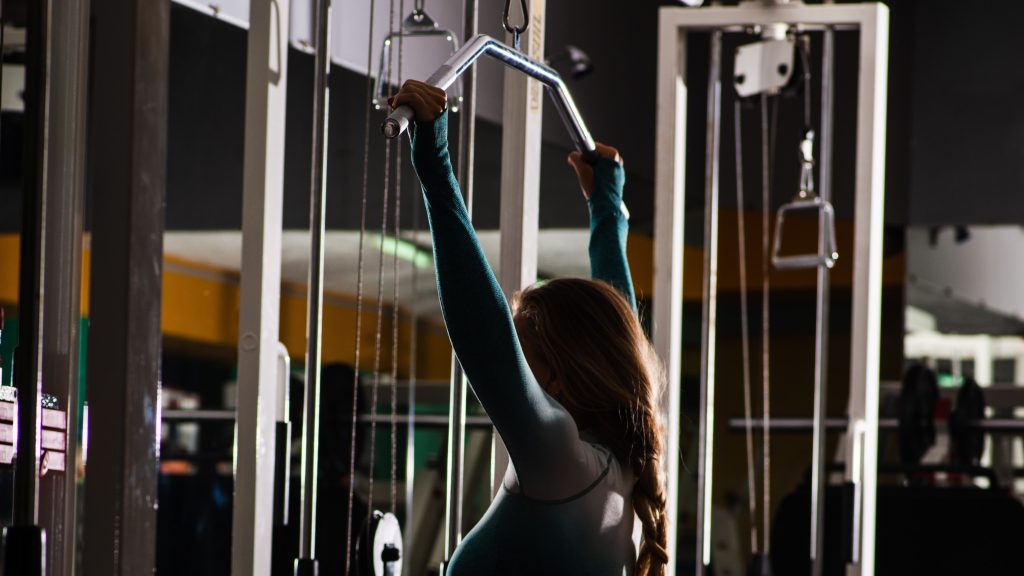
Photo by Ruslan Khmelevsky: https://www.pexels.com/photo/faceless-sportswoman-performing-arms-exercise-on-machine-in-gym-4608155/
-
Incorporating Pull Ups and Pull Downs into Supersets and Circuits:
- Discuss the benefits of including pull ups and pull downs in supersets or circuit training for a more efficient and intense workout.
- Provide examples of effective supersets and circuits that combine pull ups and pull downs with other exercises targeting different muscle groups.
- Explain how these training methods can improve cardiovascular endurance while building strength and muscle.
-
Assisting Devices and Accessories:
- Introduce assisting devices such as pull up bars, pull up assist machines, and pull down attachments for home or gym use.
- Provide recommendations for choosing the right equipment based on individual fitness levels and goals.
- Explain how these assisting devices can help beginners progress gradually and perform the exercises with proper form.
-
Common Progression Methods:
- Discuss popular progression methods such as ladder training, where the number of reps increases or decreases with each set.
- Explain the benefits of pyramid training, where the weight or difficulty level is gradually increased and then decreased.
- Introduce the concept of drop sets, where the resistance is reduced immediately after reaching failure to push beyond muscle fatigue.
-
Injury Prevention and Rehabilitation:
- Provide tips on injury prevention during pull ups and pull downs, such as proper warm-up, stretching, and gradual progression.
- Discuss common injuries associated with these exercises, such as shoulder impingement or elbow strain, and how to prevent them.
- Offer rehabilitation exercises and techniques for recovering from pull up and pull down-related injuries.
-
Tracking Progress and Setting Goals:
- Emphasize the importance of tracking progress by recording sets, reps, and resistance used during pull ups and pull downs.
- Encourage setting realistic short-term and long-term goals to maintain motivation and measure progress.
- Provide guidance on how to adjust training programs based on progress and goal attainment.
-
Cross-Training with Pull Ups and Pull Downs:
- Discuss the benefits of incorporating pull ups and pull downs into other forms of exercise, such as calisthenics, weightlifting, or sports-specific training.
- Explain how these exercises can enhance overall performance and complement other training modalities.
- Provide examples of cross-training routines that integrate pull ups and pull downs with other exercises for a well-rounded fitness regimen.

Image by Ruslan Khmelevsky: https://www.pexels.com/photo/sportswoman-exercising-on-arms-machine-in-fitness-club-4608140/
-
Nutrition and Recovery for Optimal Performance:
- Highlight the importance of nutrition in supporting muscle growth and recovery.
- Discuss macronutrient requirements, such as protein for muscle repair and carbohydrates for energy.
- Provide recommendations for pre-workout and post-workout meals to fuel and replenish the body.
- Emphasize the significance of hydration and adequate rest for optimal performance and recovery.
-
Advanced Techniques and Variations:
- Introduce advanced techniques such as muscle-ups, typewriter pull ups, and kipping pull ups.
- Discuss the benefits and considerations of incorporating these advanced variations into your training routine.
- Provide step-by-step instructions and tips for safely performing these challenging exercises.
-
Overcoming Plateaus and Continuing Progress:
- Address common plateaus individuals may experience during their pull up and pull down journey.
- Provide strategies for breaking through plateaus, such as incorporating different variations or training methods.
- Discuss the importance of continuously challenging oneself and setting new goals to maintain progress.
-
Benefits of Pull Ups and Pull Downs for Functional Fitness:
- Explain how pull ups and pull downs translate to real-life functional movements and activities.
- Discuss the impact of these exercises on improved body control, grip strength, and overall functional fitness.
- Provide examples of how mastering pull ups and pull downs can enhance performance in everyday activities and sports.
-
Incorporating Pull Ups and Pull Downs into a Full-Body Workout Routine:
- Explain how pull ups and pull downs can be integrated into a comprehensive full-body workout program.
- Discuss the importance of balancing push and pull exercises for muscle symmetry and injury prevention.
- Provide sample full-body workout routines that incorporate pull ups, pull downs, and complementary exercises.
-
Assistance Exercises for Strengthening Specific Muscles:
- Identify assistance exercises that target specific muscles used in pull ups and pull downs, such as lat pulldowns, rows, and bicep curls.
- Explain how incorporating these exercises can help strengthen weak muscle groups and improve overall performance in pull ups and pull downs.
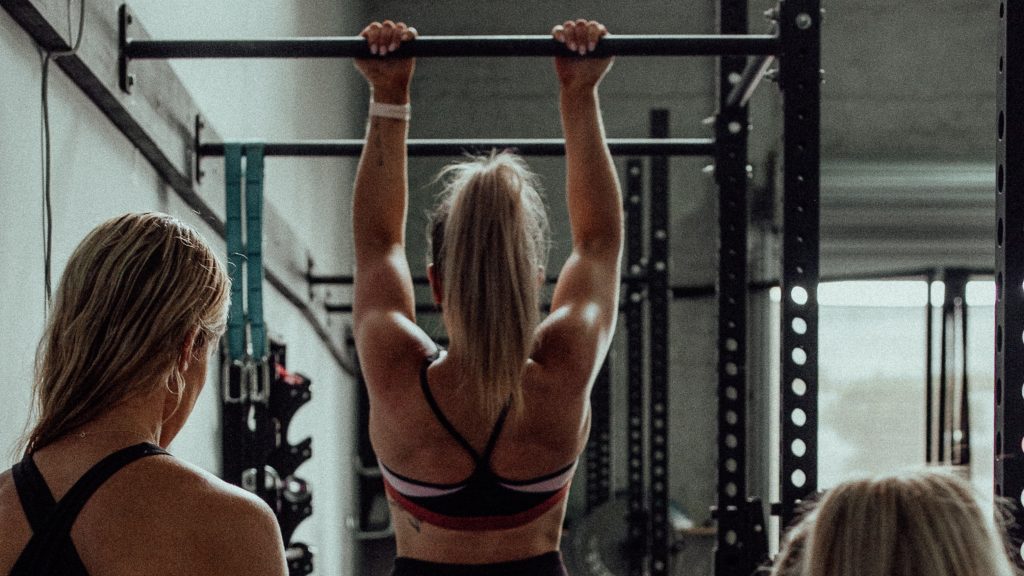
Photo by NC Fitness: https://www.pexels.com/photo/women-working-out-in-the-gym-12005627/
-
Mental Preparation and Mindset:
- Highlight the mental aspects of performing pull ups and pull downs, such as overcoming self-doubt and building mental resilience.
- Provide tips for maintaining focus, staying motivated, and pushing through challenging moments during these exercises.
-
Celebrating Milestones and Maintaining Long-Term Progress:
- Encourage celebrating personal milestones and achievements throughout the pull up and pull down journey.
- Discuss strategies for maintaining long-term progress and incorporating these exercises into a sustainable fitness lifestyle.
- Emphasize the importance of consistency, patience, and enjoying the process of continuous improvement.
-
Pull Ups and Pull Downs for Weight Loss and Body Composition:
- Discuss how incorporating pull ups and pull downs into a weight loss program can help increase calorie burn and promote fat loss.
- Explain the role of these exercises in improving overall body composition by building lean muscle mass and increasing metabolic rate.
- Provide recommendations on integrating pull ups and pull downs into a well-rounded weight loss workout routine.
- Dive deeper into injury prevention strategies specific to pull ups and pull downs.
- Discuss prehabilitation exercises that can help strengthen key muscles and improve joint stability to reduce the risk of injury.
- Provide a list of exercises targeting the rotator cuff, scapular stabilizers, and other vulnerable areas.
-
Pull Up and Pull Down Variations for Specific Goals:
- Highlight different pull up and pull down variations that can be tailored to specific fitness goals, such as muscle hypertrophy, strength, or endurance.
- Explain the specific muscle groups targeted by each variation and how they contribute to achieving different goals.
- Provide guidelines on rep ranges, sets, and rest periods for each variation based on the desired outcome.
-
Assistance Techniques for Overcoming Strength Limitations:
- Introduce assistance techniques like eccentric training, partial repetitions, and isometric holds to overcome strength limitations.
- Explain how these techniques can help individuals gradually progress to performing unassisted pull ups and pull downs.
- Provide instructions on implementing these assistance techniques effectively and safely.

Image by cottonbro studio: https://www.pexels.com/photo/senior-man-in-white-shirt-standing-and-holding-a-pull-up-bar-6293004/
-
Pull Ups and Pull Downs for Athletes and Sports Performance:
- Discuss the relevance of pull ups and pull downs for athletes in various sports.
- Highlight how these exercises improve upper body strength, power, and functional movement patterns needed for sports performance.
- Provide examples of sport-specific pull up and pull down variations that can enhance athletic performance.
-
Equipment and Setup Recommendations:
- Offer guidance on choosing the right equipment, such as pull up bars, pulley systems, or cable machines, based on individual needs and available space.
- Provide tips for setting up and adjusting the equipment properly to ensure safe and effective workouts.
- Discuss the benefits of using additional equipment, such as weight vests or suspension trainers, to enhance pull up and pull down exercises.
-
Pull Ups and Pull Downs for Women:
- Address common misconceptions about women and upper body strength training.
- Discuss the benefits of pull ups and pull downs for women, including improved posture, muscle tone, and overall strength.
- Provide modifications and progressions specifically designed for women to support their fitness goals.
-
Tracking Tools and Technology for Pull Up and Pull Down Progress:
- Introduce various tracking tools and technology, such as fitness apps, wearable devices, or video analysis, to monitor and analyze pull up and pull down performance.
- Discuss the advantages of using these tools for tracking progress, identifying areas for improvement, and staying motivated.
-
Pull Up and Pull Down Challenges and Competitions:
- Explore the growing trend of pull up and pull down challenges and competitions.
- Discuss the benefits of participating in these events, including goal-setting, community support, and personal achievement.
- Provide information on popular challenges and competitions, both online and offline.
-
The Psychological and Emotional Benefits of Pull Ups and Pull Downs:
- Highlight the positive impact of pull ups and pull downs on mental well-being, confidence, and self-esteem.
- Discuss how the sense of accomplishment and overcoming challenges in these exercises can extend beyond physical fitness.
- Share personal success stories and experiences of individuals who have benefited psychologically from incorporating pull ups and pull downs into their routines.
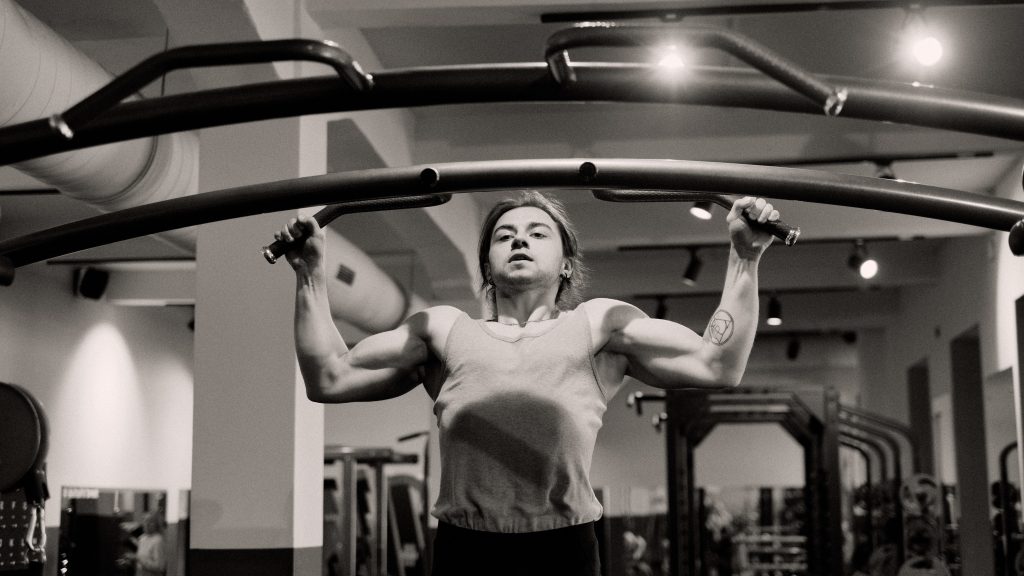
Photo by Ivan Samkov: https://www.pexels.com/photo/man-doing-push-ups-at-the-gym-4162489/
Conclusion:
Congratulations! You have now reached the end of our comprehensive guide on how pull ups and pull downs can transform your fitness journey. We have covered a wide range of topics, from mastering the basics to incorporating advanced techniques, nutrition, injury prevention, goal setting, and even the psychological benefits of these exercises. By following the steps outlined in this guide and staying dedicated to your training, you are well on your way to becoming a pro in pull ups and pull downs.
Remember, this journey is not just about physical strength and muscle development. It is about pushing your limits, overcoming challenges, and realizing your full potential. Along the way, you will encounter obstacles, plateaus, and moments of self-doubt, but with consistency and perseverance, you can break through those barriers and achieve greatness.
Keep in mind that everyone’s journey is unique. Progress at your own pace, listen to your body, and make adjustments as needed. Celebrate your milestones and use them as motivation to continue pushing forward. Whether your goal is to increase strength, improve body composition, enhance athletic performance, or simply challenge yourself, pull ups and pull downs offer endless opportunities for growth and transformation.
Lastly, remember to approach your fitness journey with a positive mindset and enjoy the process. Fitness is a lifelong pursuit, and every step you take toward improving your physical and mental well-being is a step toward a healthier, happier you. Embrace the challenges, embrace the triumphs, and most importantly, embrace the journey.
Thank you for joining us on this adventure from beginner to pro in pull ups and pull downs. We wish you the best of luck and incredible success in your fitness endeavors. Now, go out there and conquer those pull ups and pull downs like the pro you are becoming!
Keywords:
pull ups, pull downs, fitness journey, strength training, muscle development, upper body exercises, proper form, technique, variations, training program, progressions, grip strength, muscle imbalances, supersets, circuits, assisting devices, accessories, progression methods, injury prevention, rehabilitation, tracking progress, setting goals, cross-training, calisthenics, weightlifting, sports-specific training, nutrition, recovery, advanced techniques, muscle-ups, typewriter pull ups, kipping pull ups, plateaus, functional fitness, full-body workout, assistance exercises, mental preparation, mindset, milestones, long-term progress, weight loss, body composition, injury prevention, prehab exercises, specific goals, assistance techniques, athletes, sports performance, equipment, setup recommendations, women, tracking tools, technology, challenges, competitions, psychological benefits.
For more please Click Here.


